Japanese curry, known as Karee (カレー), is one of the most loved dishes in Japan, with an interesting history and flavors that delight. Introduced during the Meiji Era (1868-1912), curry quickly became a staple in Japanese cuisine. Today, it is enjoyed in classic dishes like Kare Raisu, Kare Udon, and even the delicious Kare-pan. In this article, we will explore the origins of this spice, understand its composition, and discover the dishes that are popular throughout the country.
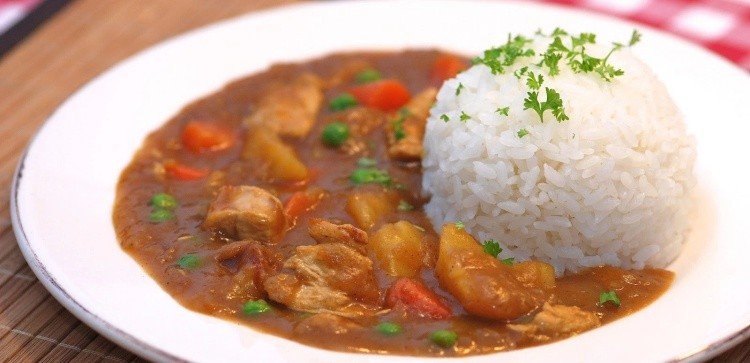
Table of Content
The Origin of Japanese Curry
The Karee arrived in Japan through British influence during the Meiji Era. At that time, Japan was modernizing and importing Western elements, including cuisine. Although the recipe came from India via British colonizers, the Japanese added a special touch to the dish, making it less spicy and sweeter compared to traditional Indian curry. This made Karee more accessible to the Japanese palate, being enjoyed by people of all ages.
The spice itself is a complex mixture of ingredients. Traditionally, curry is made from a base of turmeric powder, cardamom, coriander, ginger, cumin, nutmeg, cloves, pepper, and cinnamon. However, each variation has its unique combination. It is common to find mixtures that contain up to 70 different ingredients, creating flavor profiles that range from mild to extremely spicy. In Japan, the adaptation of curry resulted in a thicker and slightly sweet version, made with wheat flour and meat or vegetable broth.
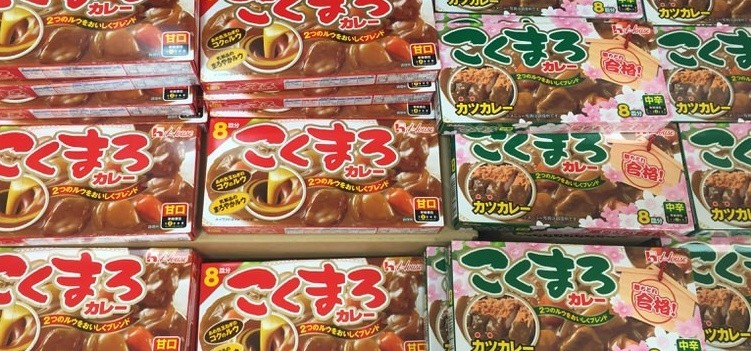
Popular Dishes Made with Karee
One of the most emblematic dishes that uses Japanese curry is Kare Raisu (カレーライス). This simple yet comforting dish consists of white rice topped with curry sauce, meat (usually pork or chicken), and vegetables like onions, carrots, and potatoes. The sauce is typically thickened with curry roux, which can be bought in bars or made at home. The rich texture and balanced flavor make Kare Raisu a popular choice for lunch or dinner, being served in family homes and restaurants throughout Japan.
Another classic dish is Kare Udon (カレーうどん), which combines the intense flavor of curry with the thick and chewy noodles of udon. The curry broth is more liquid than in Kare Raisu, but still flavorful and comforting. Kare Udon is especially enjoyed during the winter when a hot dish is ideal for warming the body and soul. The experience of eating udon with curry can be a bit challenging (it's easy to make a mess!), but it is always a delicious adventure.
Finally, we have Kare-pan (カレーパン), a perfect option for those who enjoy contrasting flavors and textures. Kare-pan is a bread filled with curry and fried until crispy on the outside, with a hot and creamy filling on the inside. It is sold in bakeries all over Japan and is an irresistible snack, whether for breakfast or as a quick meal.
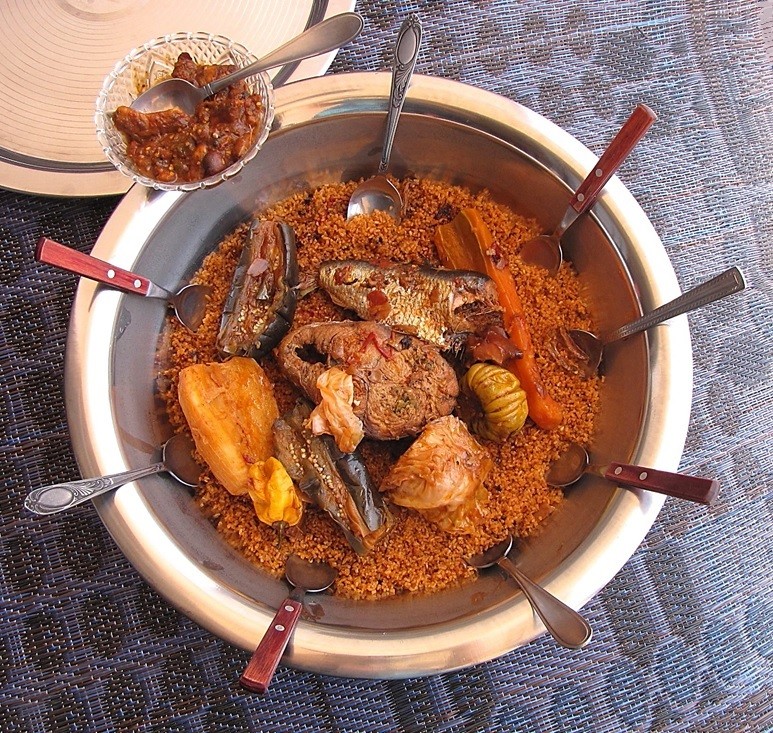
Different Types of Kare (Curry)
Besides the mentioned ones, there are other different types of dishes and variations of kare raisu. In Tokyo, for example, pork is more commonly used, while in Osaka, beef is more common. Below is a list of different types of curry:
- katsu karē - カツカレー Kare along with the famous tonkatsu;
- dorai karē -ドライカレー: A dry and fried dish of rice with curry;
- maze karē - 混ぜカレー: A mixture of kare with rice popular in Osaka;
- aigake - 合がけ: rice with curry and hayashi sauce (fried meat and onions, red wine...)
- yaki karē - 焼きカレー: Rice with curry covered with raw egg and cooked in an oven;
- sūpu karē - スープカレー Curry soup;
Among the curries sold in bars there are also several flavors such as natto, apple, mackerel, nashi, pork and even melon.
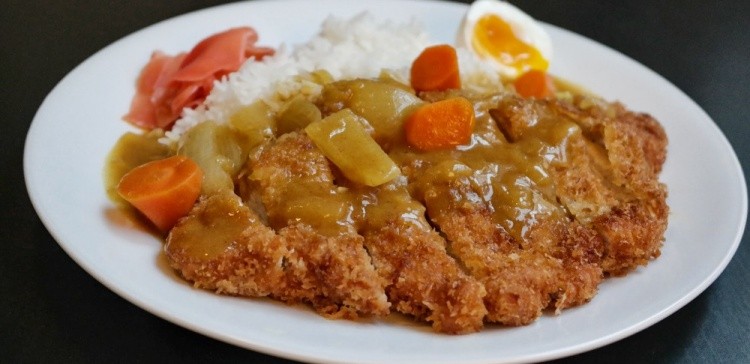
Curry and Its Variations
One of the most fascinating characteristics of Japanese curry is its infinite variety of flavors and levels of spiciness. In many specialized restaurants, it's possible to choose the level of heat, ranging from a slightly spicy touch to an extreme intensity that only the bravest dare to face. This has made the experience of eating curry in Japan something fun and personalized, especially when visiting famous chains like Coco Ichibanya, which offer dozens of side options and spiciness levels.
In addition, Japanese curry can be found in two main forms: powdered or in roux bars. Roux bars are more popular for home use, as they are practical and ensure a thick and well-seasoned sauce. These bars come in different intensities and even special flavors, such as curry with apple or honey, which add a touch of sweetness to the dish. On the other hand, curry powder is more versatile and can be used to season other dishes, such as grilled meats or even soups.
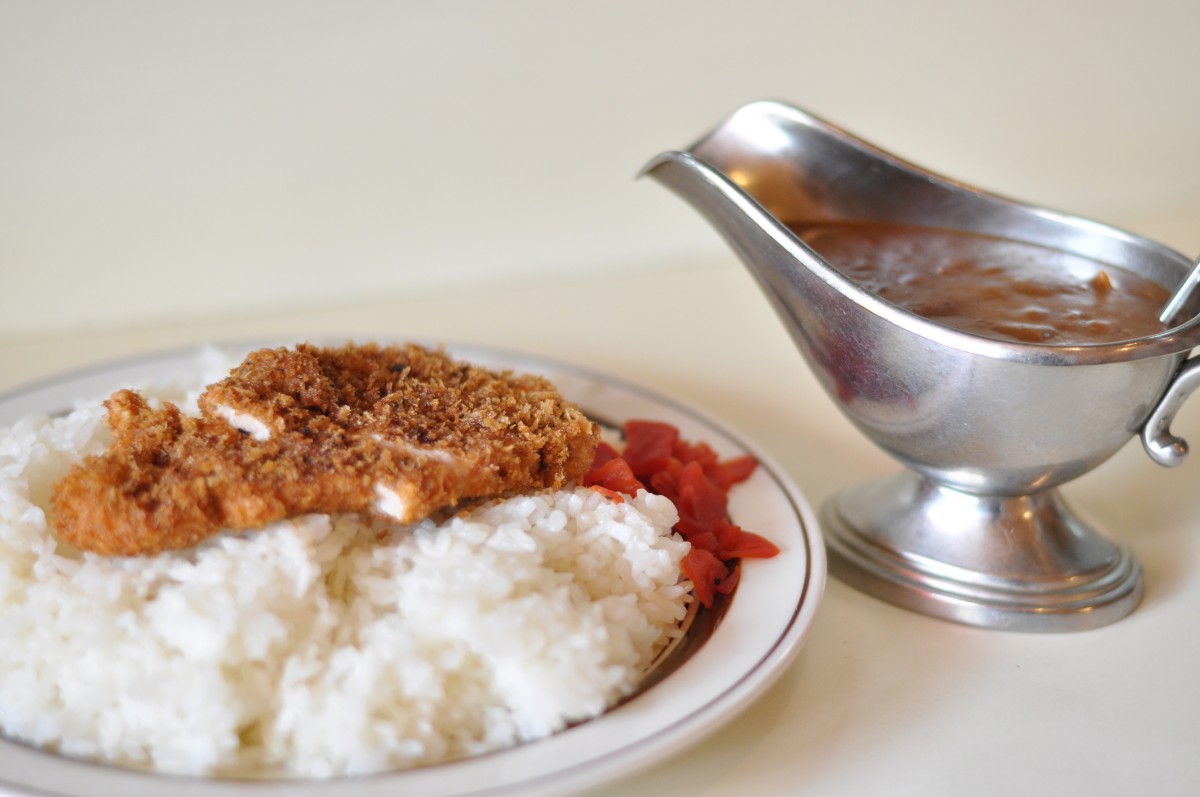
Japanese Curry Recipe
Below we will leave a recipe for the famous Kare Raisu, and you can customize it the way you see fit.
- 500 grams of minced meat in small cubes;
- 2 onions sliced;
- 2 carrots in medium pieces;
- 1 potato in small pieces;
- 2 tablespoons of powder or half a curry tablet;
- Beef broth;
- Salt to taste;
- Ingredients to taste;
Sauté the meat (we recommend butter), add the vegetables and water, stir well, and let it cook for a few minutes (up to 15), then add the curry and stir well until it mixes and dissolves (a short time). Remember to monitor and season until it reaches the flavor you prefer. You can then add this curry sauce to rice or any other recipe you want to create. Keep in mind that curry can be strong and overwhelming, so don’t overdo it.
